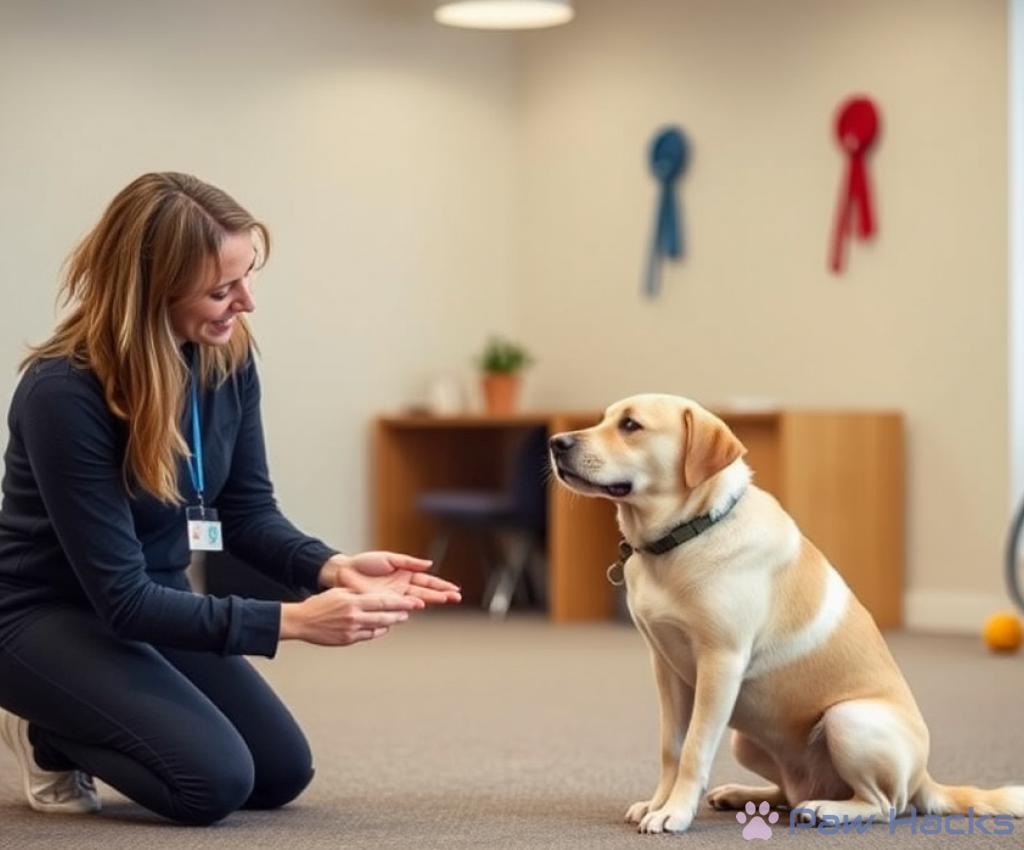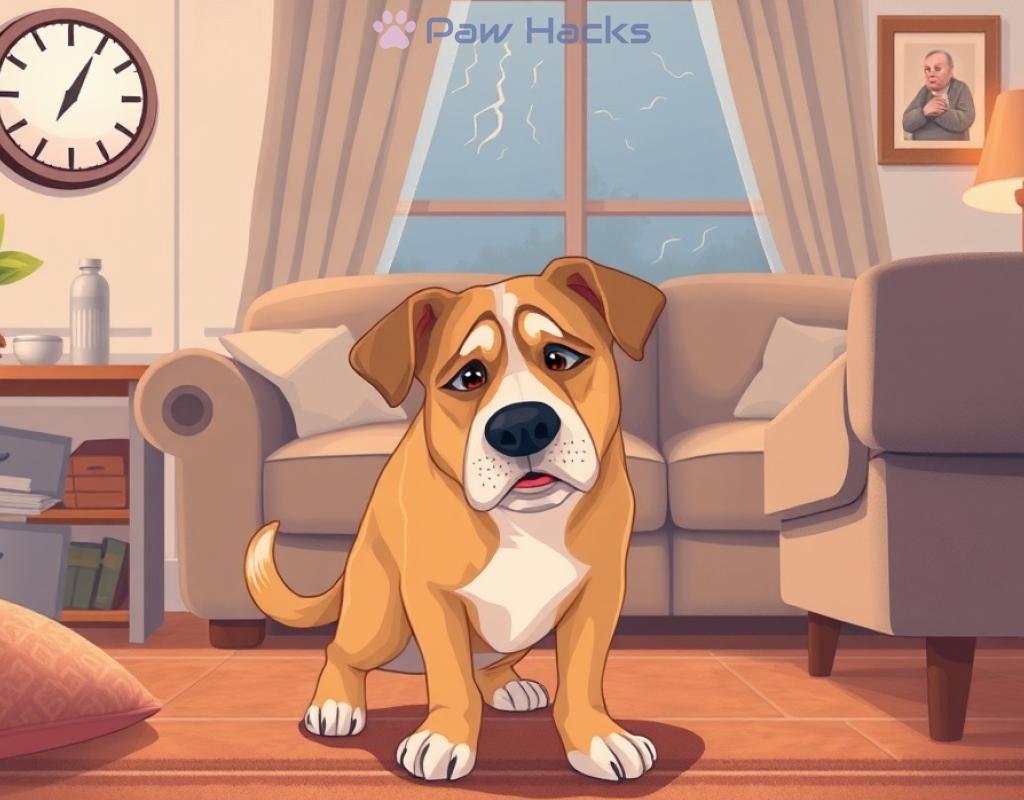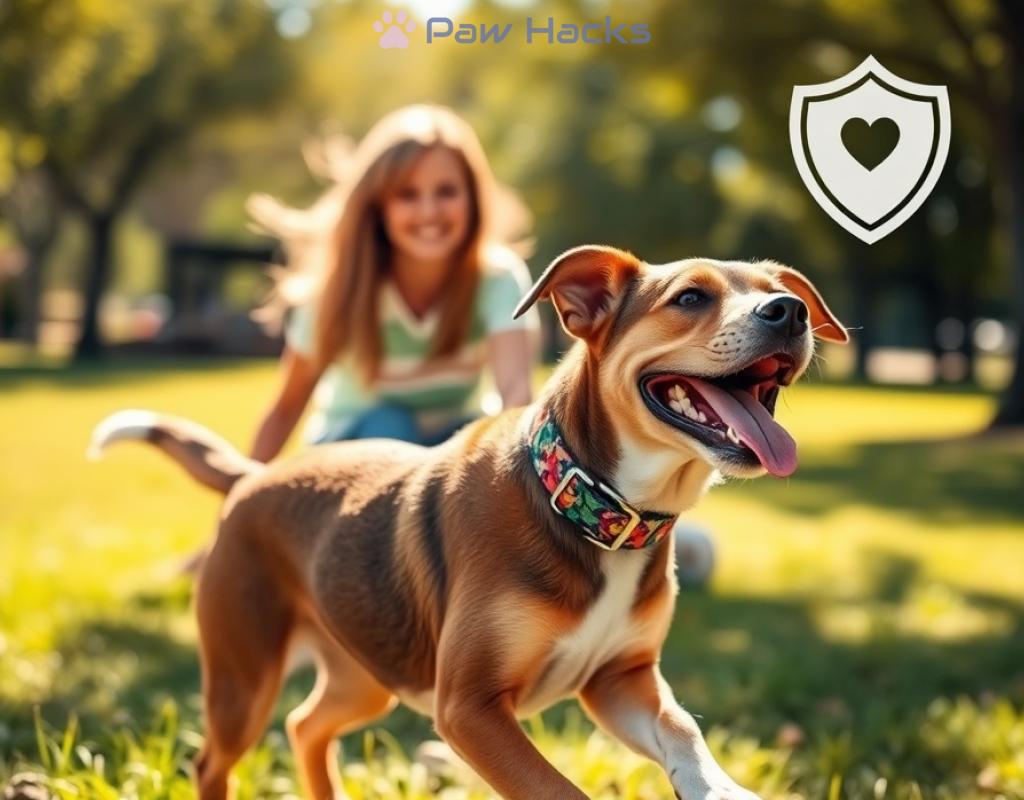Adopting Pets with Anxiety Disorders
Understanding Anxiety Disorders in Pets: Signs and Symptoms
Understanding the underlying signs of anxiety in pets can be quite challenging for any pet owner. Just like humans, pets can experience a range of emotions, and anxiety is one of the most common issues they face. Being able to identify these signs early on can help in managing their mental health effectively. Here’s a closer look at some of the key symptoms that may indicate your pet is struggling with anxiety.
- Excessive Barking or Meowing: If your dog barks or your cat meows excessively, it could be a sign of anxiety, especially when left alone.
- Destructive Behavior: Chewing furniture, scratching walls, or digging can all be behaviors stemming from anxiety.
- Changes in Eating Habits: Pets may eat less or refuse food altogether when feeling anxious.
- Withdrawal or Hiding: If your pet suddenly becomes withdrawn or hides in unusual places, it might be feeling stressed.
- Restlessness: Pacing or inability to stay still often points to discomfort and anxiety.
Understanding what triggers anxiety in pets is crucial for effective management. Many factors can contribute to anxiety, and recognizing these can help pet owners create a more relaxed environment. Below is a table that lists some of the common triggers of anxiety in pets:
| Trigger | Description |
|---|---|
| Separation Anxiety | Pets may become anxious when left alone for extended periods. |
| Noisy Environments | Thunderstorms, fireworks, or loud music can cause fear and anxiety. |
| Changes in Routine | Shifts in daily schedules can disrupt a pet’s sense of security. |
| New Experiences | New people, pets, or environments can trigger anxiety in some animals. |
Addressing anxiety disorders in pets requires patience, understanding, and sometimes professional help. As a pet owner, it’s essential to be proactive in creating a calm and safe environment. Regular exercise, socialization, and mental stimulation can significantly reduce anxiety levels. Additionally, consulting with a veterinarian or a pet behaviorist can provide tailored strategies and, if necessary, medication options to help manage your pet’s anxiety.
Creating a Safe Haven: How to Prepare Your Home for an Anxious Pet

Bringing a pet with anxiety disorders into your home can be a rewarding experience, but it also requires thoughtful preparation. An anxious pet will need a nurturing environment where they can feel secure and comfortable. By creating a safe haven, you can help them adjust to their new surroundings while minimizing stress. Here are some effective strategies to transform your home into a sanctuary for your furry friend.
One of the first steps in preparing your home for an anxious pet is to create a designated comfort zone. This area should be quiet and away from the hustle and bustle of daily life. Here’s how you can design it:
- Choose a Quiet Space: Select a corner of your home that is less frequented, such as a cozy nook or a spare room.
- Comfortable Bedding: Provide soft blankets or a pet bed where they can feel cushioned and safe.
- Personal Items: Include toys or items that carry their scent or remind them of previous positive experiences.
- Calming Aids: Consider using pheromone diffusers or calming music to help soothe their nerves.
Pets thrive on routine, especially those with anxiety. A predictable schedule can provide a sense of stability and security. Here are some tips for establishing a routine:
- Set consistent feeding times to help regulate their hunger and anxiety.
- Schedule daily walks or playtime, as physical activity can reduce stress levels.
- Incorporate training sessions to build their confidence and reinforce positive behavior.
- Designate quiet time for relaxation, allowing your pet to unwind and recharge.
Finally, it’s crucial to identify and minimize potential stressors in your home. This proactive approach can significantly improve your pet’s mental well-being. Consider the following:
- Control Noise Levels: Use soundproofing materials or white noise machines to dampen loud noises that might trigger anxiety.
- Limit Exposure to Strangers: Allow your pet to adjust to new people gradually, ensuring they feel secure.
- Safe Spaces for Exploration: Provide safe areas where your pet can explore at their own pace, helping them build confidence.
By thoughtfully preparing your home and being mindful of your pet’s needs, you can create a supportive environment that allows them to flourish. Adopting a pet with anxiety disorders is a journey that requires patience, but with the right preparation, you can help them feel at home.
Building Trust: Effective Training Techniques for Anxious Pets

When welcoming a pet with anxiety disorders into your home, establishing trust is paramount. Unlike pets that are more naturally confident, anxious pets often require a gentle approach to training. Building a trusting relationship lays the groundwork for effective behavior modification and helps your pet feel secure in their new environment. Here are some effective techniques to foster trust and confidence in your anxious companion.
One of the most successful training techniques for anxious pets is positive reinforcement. This method encourages desired behaviors by rewarding them, which helps build a sense of achievement and security. Here’s how to implement positive reinforcement:
- Use Treats Wisely: Select treats that your pet loves but reserve them for training sessions to create a positive association.
- Celebrate Small Wins: Even minor progress deserves recognition. Whether your pet approaches you or responds to commands, celebrate these moments.
- Maintain Consistency: Use the same commands and rewards every time to help your pet understand what is expected of them.
For anxious pets, a safe and calm learning environment is essential. This space should be free from distractions and stressors that could trigger anxiety. To create this environment, consider the following:
- Choose Quiet Times: Train your pet during quieter hours of the day when there are fewer distractions.
- Limit Visitors: Keep the training area free from unfamiliar faces to help your pet focus on you.
- Use Soft Commands: Speak in a soothing tone to help your pet feel secure and calm.
Training an anxious pet takes time, and patience is key. Gradual exposure to new experiences can help your pet build confidence without feeling overwhelmed. Here are some steps to consider:
- Start Small: Introduce new environments or people slowly, allowing your pet to explore at their own pace.
- Monitor Body Language: Pay attention to your pet’s reactions. If they show signs of stress, take a step back and allow them to acclimate.
- Reward Exploration: Encourage your pet to investigate their surroundings and reward them for showing curiosity.
By employing these effective training techniques, you can help your anxious pet develop the trust and confidence they need to thrive in their new home. Remember, the journey may take time, but the bond you’ll create will be well worth the effort.
The Power of Patience: Helping Your Pet Overcome Anxiety Challenges
Adopting a pet with anxiety disorders is a journey that requires not only love and compassion but also a significant dose of patience. Many pet owners may find themselves frustrated when their new furry friend struggles to adapt, exhibiting signs of anxiety that can manifest in various behaviors. However, it’s essential to remember that each step forward, no matter how small, is a victory in itself. Patience is not just a virtue; it’s a powerful tool that can lead to profound changes in your pet’s mental well-being.
Creating a stable routine is crucial in helping an anxious pet feel secure. This consistency allows your pet to predict their environment, which in turn fosters resilience. As a pet owner, you can establish regular feeding, walking, and playtimes, creating a comforting rhythm in their daily life. When pets know what to expect, they are less likely to succumb to anxiety. Furthermore, it’s important to celebrate small milestones. Whether it’s your pet exploring a new room or showing curiosity towards a new toy, acknowledging these moments can boost their confidence. By providing a nurturing atmosphere filled with love and support, you empower your anxious pet to face challenges head-on.
Another vital aspect of helping your pet overcome anxiety is engaging in positive interactions. This means that every encounter, every training session, and every moment spent together should be infused with positivity. Use gentle tones, offer treats for calm behavior, and create moments for enjoyable play to associate good feelings with your presence. Remember, the goal is not to rush but to build a foundation of trust. As you both learn and grow together, your patience will help your pet learn to navigate their anxiety. In time, they will start to respond more positively to various stimuli and situations, gradually overcoming the anxiety that once held them back.
Finding the Right Fit: Choosing the Best Pet for Your Lifestyle and Experience
Adopting a pet with anxiety disorders can be a deeply rewarding experience, but it also comes with its unique set of challenges. Understanding your own lifestyle and experience is crucial in finding a pet that will not only fit into your home but also thrive under your care. Choosing the right pet is essential for both your peace of mind and your future furry companion’s well-being.
Before diving into the world of pet adoption, take a moment to reflect on your lifestyle. Consider factors such as your daily schedule, living arrangements, and family dynamics. For instance, do you work long hours or travel frequently? If so, you might want to reconsider adopting a pet that suffers from separation anxiety. On the other hand, if you have a flexible schedule and can dedicate time to training and socialization, adopting a pet with anxiety could be a fulfilling choice.
Your previous experience with pets also plays a significant role in determining the right fit. First-time pet owners might want to start with a pet known for their adaptability, while seasoned pet owners could be better equipped to handle the specific needs of an anxious animal. Understanding your comfort level with training and behavioral management will help you make an informed decision.
Different breeds and individual pets come with varying levels of anxiety and specific needs. Some pets may have a history of anxiety due to previous trauma, while others may be predisposed to anxious behaviors based on their breed. It is crucial to research and understand these profiles before making a choice. For instance, dogs like Border Collies may require more mental stimulation and exercise, while breeds like Bulldogs may have a more laid-back demeanor.
Once you have an understanding of your lifestyle and the types of pets available, you can create a comparison table to evaluate which pet types align best with your situation. This table can include aspects such as energy levels, social needs, and common anxiety triggers. By visualizing the differences, you can make a more informed decision.
| Pet Type | Energy Level | Social Needs | Anxiety Triggers |
|---|---|---|---|
| Dog (e.g., Labrador) | High | High | Separation, Loud Noises |
| Cat (e.g., Ragdoll) | Low | Moderate | New Environments, Strangers |
| Small Animal (e.g., Guinea Pig) | Low | Low | Handling, Loud Sounds |
Finding the right pet for your lifestyle and experience is not just about making a choice; it’s about creating a harmonious environment for both you and your new companion. By considering your daily routine, your experience level, and the specific needs of different pets, you can ensure that you’re not just adopting a pet, but also welcoming a new member into your family who will thrive in your care.
Share this content:



